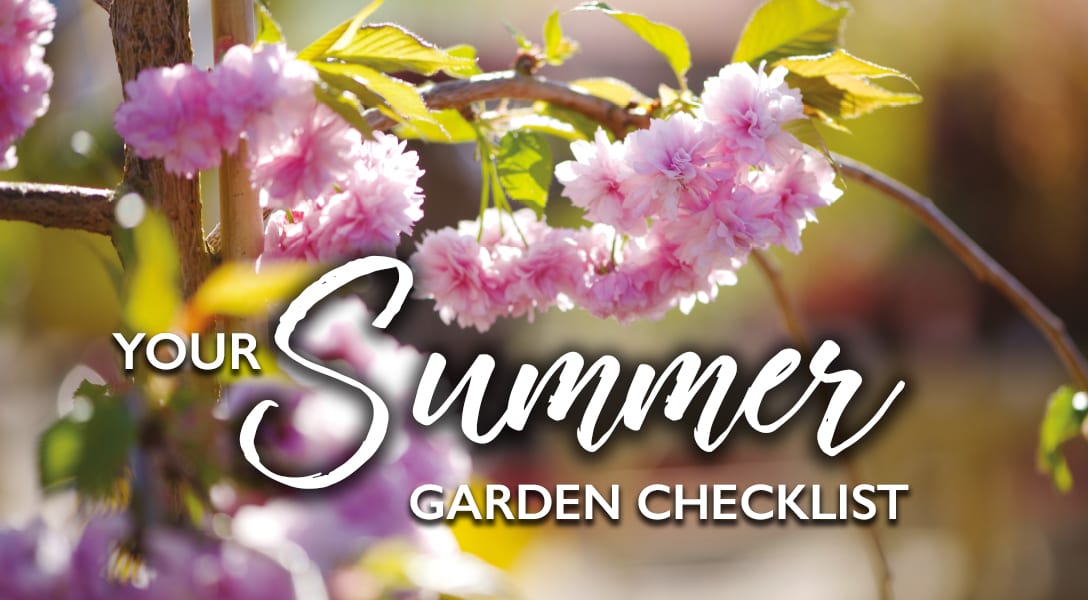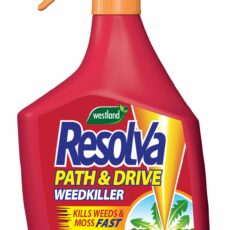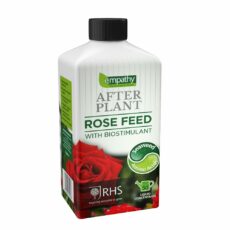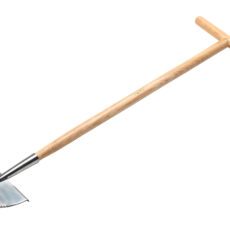Summer months in the garden are a special time. The culmination of a gardener’s hard work in spring comes to the fore and you can enjoy the colour, scent and taste of everything that was planted a few weeks or months prior. Many of the gardening tasks in summer are about maintaining the health and growth of plants for as long as possible, as well as remembering to find the time to take a step back and appreciate your efforts!
>> Download and print Your Summer Garden Checklist
Your Summer Garden Checklist
Maintenance in summer
- Deadhead faded flowers from almost all of your garden plants, to encourage a second flush of flowers.
- Keep weeds at bay with a ‘little and often’ approach. Spend a few minutes each week to remove weeds from borders and containers with a Dutch Hoe or weed slice.
- Regularly mow the lawn. Set the blade height on your lawnmower to its highest setting, as cutting the grass too short will strip it of vital moisture and nutrients. These are needed in especially warm, dry weather.
- Apply a lawn feed.
- Straighten up the edges of the lawn with a Half Moon Lawn Edger. You’ll be amazed at how neat and tidy it makes the whole garden appear!
- Maintain a regular pest control routine and keep an eye out for signs of powdery mildew.
Planting in summer
- In June, plant out annual bedding, and dahlias. Sow seeds of Nasturtium into containers and spread Nigella seeds around borders for some late summer flowers. You can even start to sow some seeds for flowering later on in the year if you’re planning ahead, why not check our seed sowing calendar for more information.
- Sow a number of vegetable crops directly into the ground for a tasty harvest including radish, peas, courgette, squash, beetroot, spinach and Swiss chard.
- In July, plant autumn-flowering bulbs such as crocus, nerines, begonias and cyclamen.
- Direct sow salad leaves in July which will be ready to eat 6-8 weeks after sowing, including rocket, cos, iceberg and lamb’s lettuce.
- Provide a liquid feed to roses to encourage strong growth and more flowers. Remember to wear gardening gloves to protect your hands from thorns!
- Most plants will require a regular watering if the weather is hot and dry for prolonged periods of time. This is especially true of those in containers and hanging baskets. Ideally, water the garden in the evening when the sun is not at its hottest. If possible, use greywater or consider investing in a water butt (or more than one if you have space) to collect rainwater to recycle in the garden.








